There are two points of confusion here:
The difference between a CABLE vs a WIRE
The difference between a CORE, STRAND, and CONDUCTOR
A wire is just the conductor (either solid or multi-stranded) and some insulation whereas a cable is the entire assembly of conductor or conductors, the insulation, shielding, jacket, armour, and tensile cord, etc.
Note, that wire and cable sometimes get used interchangeably.
A strand unambiguously refers to the components of conductive metal in a wire that that come together to conduct a single electrical current (whether one big strand or many strands twisted together).
A conductor unambiguously refers to the conglomeration of strands and each conductor conducts just a single electrical signal.
A core has ambiguous usage and may refer to a conductor or a strand. Core and strands also gets used interchangeably sometimes so it can get confusing. For example, I always say solid-core to refer to single-stranded, but I never say multi-core to refer to multi-stranded. I just say mult-stranded. I also say multi-conductor when referring the number of wires in a cable and have never heard the word core used until today but I knew what it was when I saw it. So yeah, it can get confusing if you're not familiar.
When someone says a cable is xAWG, it means that each conductor/wire in the cable is x AWG. It does not mean that the cable as a whole is that AWG.
This is single-strand (or solid-core), single-conductor cable:
![Alpha Wire Catalog]](../../images/3826191502.webp)
This is mult-stranded (I have never heard this referred to as multi-core), single-conductor cable:

This is solid-core, multi-conductor cable:

This is multi-stranded, multi-conductor cable:

Therefore, a multi-core cable is not the same as multi-stranded wire. A multi-core cable the conglomeration of multiple wires into the same cable so that multiple signals/currents can be conducted over the same cable.
Now the definitions are out of the way...you might ask: "Why does the ampacity decrease with more conductors/wires in a cable? After all, the resistance of each additional conductor/wire remains the same. If you double the number of conductors/wires, that halves the resistance of the cable. If you double the number of conductors, you double the ampacity of the cable."
Yes, adding more conductors/wires to a cable does increase the ampacity of the cable as a whole. And yes, doubling the number of conductors/wires also halves the resistance of the cable as a whole. And yes, the resistance of each additional conductor/wire added remains the same.
However, resistance is not the only thing that determines ampacity. Heat dissipation plays a role too and with more conductors/wires bundled close together, there not only less airflow and cooling that can occur, but extra heat sources around each individual conductor/wire. As a result, there are diminishing returns as you add more and more conductors/wires to a cable.
For example, a lone conductor/wire might carry 1A. But adding a second conductor/wire added might only add 0.9A of extra ampacity for a total of 1.8A. So the overall ampacity of the cable as a whole has increased from 1A to 1.8A, but the ampacity per conductor/wire has decreased from 1A to 0.9A.
From that perspective, it should make perfect sense why more conductors/wires in a cable reduces ampacity per conductor/wire, even as it increases the ampacity of the cable as a whole.
![Alpha Wire Catalog]](../../images/3826191502.webp)


